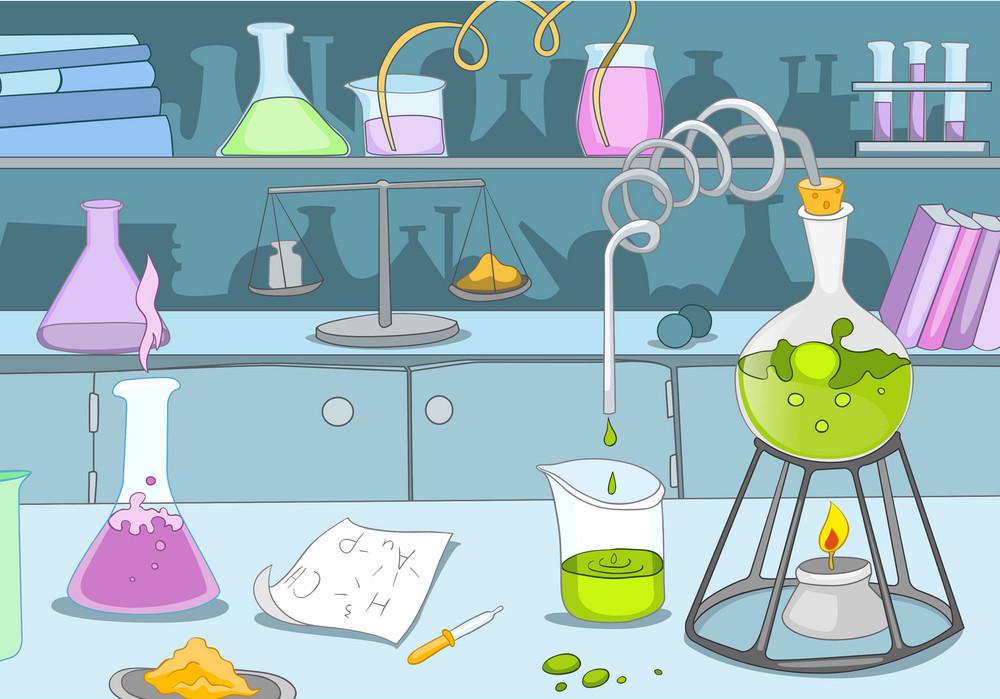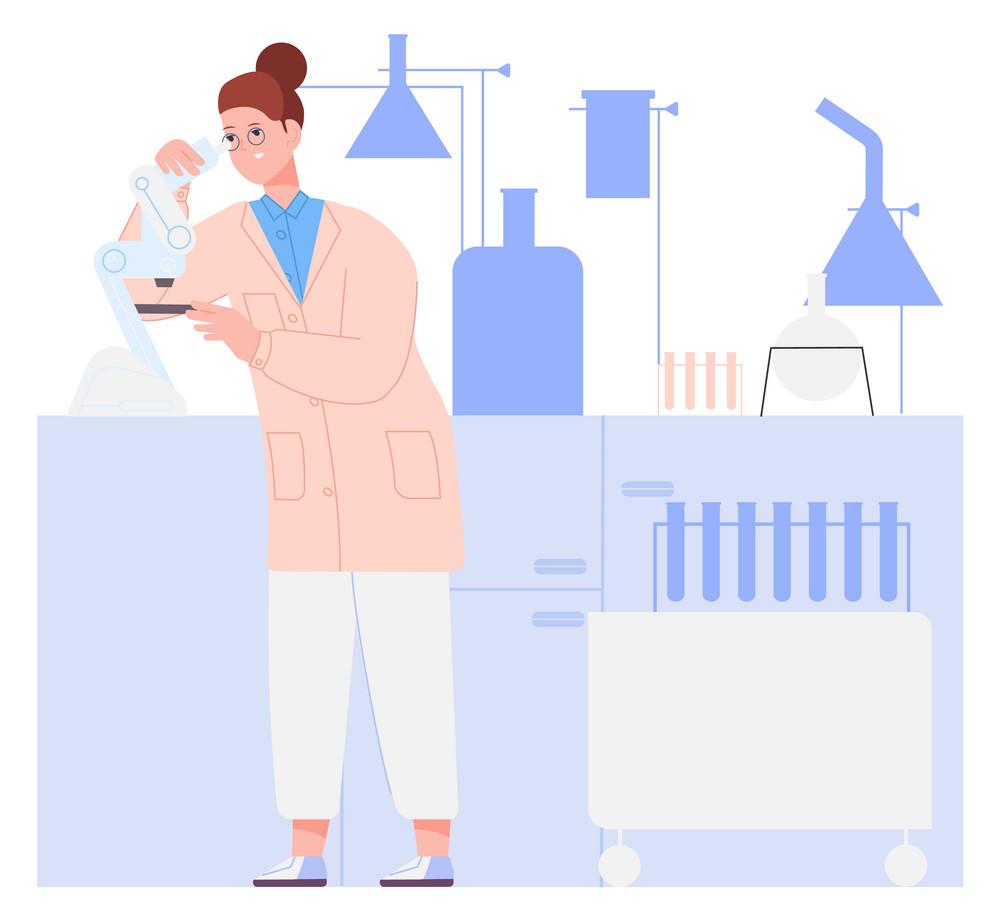- The process of creating a drug - May 23, 2023
- How do scientists model mental disorders in animals? - May 23, 2023
How to Set Up a Laboratory at Home
For many scientists, having a home laboratory can be an exciting and rewarding way to pursue their research interests outside of traditional academic or professional settings. However, setting up a laboratory at home can also present unique challenges and requires careful planning and preparation. In this article, we’ll explore the benefits and challenges of setting up a home laboratory, and provide guidance on how to choose the right location, select essential equipment, source supplies, and ensure safety and proper waste management. We’ll also offer tips and tricks for building a DIY home laboratory, and provide resources for further information.
The benefits and challenges of setting up a home laboratory
One of the primary benefits of setting up a home laboratory is the flexibility and convenience it provides. With a home laboratory, you can pursue your research interests on your own schedule, without the need for formal lab access or supervision. Additionally, a home laboratory can be a cost-effective way to conduct experiments and research, particularly for those working on small-scale projects or with limited resources.
However, setting up a home laboratory can also present challenges. For example, depending on the nature of your research, you may need to ensure that your home laboratory is properly equipped to handle hazardous materials or chemicals. Additionally, a home laboratory may not have the same level of resources or support as a traditional academic or professional laboratory, which could limit your ability to conduct certain types of research or collaborate with other scientists.
Choosing the right location and space for your home lab
When choosing a location for your home laboratory, there are several factors to consider. First, you’ll want to ensure that you have adequate space to set up your equipment and conduct your research. This might mean dedicating a spare room or garage to your laboratory, or setting up a temporary laboratory in a larger space, such as a basement or outdoor shed.
Next, you’ll want to consider the proximity of your laboratory to other areas of your home. For example, you may want to avoid setting up your laboratory in a location that is adjacent to a living area or bedroom, as this could create noise or odors that could be disruptive to others in the home. Additionally, you’ll want to ensure that your laboratory is properly ventilated and has access to necessary utilities, such as water and electricity.

Essential equipment for a basic home laboratory setup
When setting up a chemical laboratory at home, it’s important to invest in essential equipment to ensure the success and safety of your experiments. Some of the basic equipment you’ll need include:
Chemical-resistant work surface: Choose a work surface that can withstand exposure to corrosive chemicals and is easy to clean.
Fume hood: A fume hood is necessary to protect yourself from potentially hazardous fumes and vapors that may be produced during experiments.
Safety equipment: This includes items such as gloves, lab coats, and safety goggles to protect your skin and eyes from exposure to chemicals.
Glassware and plasticware: Beakers, test tubes, pipettes, and other types of glassware and plasticware are essential for carrying out experiments.
Heating and stirring equipment: This includes hot plates, heating mantles, and magnetic stirrers for heating and stirring chemical solutions.
Analytical equipment: Analytical balances, pH meters, and spectrophotometers are useful for measuring and analyzing chemical samples.
Investing in high-quality equipment is crucial for ensuring the accuracy and safety of your experiments. Be sure to carefully research and choose equipment that meets your needs and budget.
Sourcing laboratory supplies and materials for home use
There are several options for sourcing laboratory supplies and materials for home use. One option is to purchase supplies from scientific equipment suppliers or online retailers, such as Amazon or eBay. Another option is to repurpose household items, such as plastic containers or glassware, for use in your laboratory.
Regardless of the source of your laboratory supplies, it’s important to ensure that they are properly labeled and stored, and that you follow proper safety guidelines when handling hazardous or potentially dangerous materials.
Ensuring safety in your home laboratory: guidelines and precautions
Safety is a critical consideration when setting up a home laboratory. Depending on the nature of your research, you may need to take additional safety precautions beyond those typically used in a household setting. Some general safety guidelines to keep in mind when setting up a home laboratory include:
Always wear appropriate personal protective equipment (PPE), such as gloves, lab coats, and safety goggles.
Follow all safety protocols and guidelines for handling hazardous mnd disposal procedures. It’s important to research and follow all local, state, and federal regulations related to laboratory waste disposal.

In addition to hazardous waste, you may also generate non-hazardous waste, such as plastic containers or paper towels. It’s important to properly dispose of all laboratory waste to avoid potential health and environmental hazards.
Building a DIY home laboratory: tips and tricks
For those interested in building a DIY home laboratory, there are several tips and tricks that can help you get started. Some general suggestions include:
Start small: Begin with a basic laboratory setup and gradually add equipment and supplies as needed.
Focus on safety: Make safety a top priority and follow all appropriate safety guidelines and protocols.
Network with other home lab enthusiasts: Join online communities or attend local meetups to connect with other individuals interested in home laboratory research.
Be resourceful: Look for creative ways to repurpose household items for laboratory use.
Have fun: Remember that a home laboratory can be a fun and rewarding way to pursue your research interests.

Conclusion
Setting up a laboratory at home can be a rewarding and challenging experience. By carefully selecting the right location, choosing essential equipment, sourcing laboratory supplies, ensuring safety, managing waste, and following guidelines for building a DIY home laboratory, you can create a safe and effective space for pursuing your research interests. As with any scientific endeavor, it’s important to stay informed, be responsible, and have fun.
Bibliography
Kelley, Elizabeth W. “Sample plan for easy, inexpensive, safe, and relevant hands-on, at-home wet organic chemistry laboratory activities.” Journal of Chemical Education 98.5 (2021): 1622-1635. https://pubs.acs.org/doi/abs/10.1021/acs.jchemed.0c01172
Kennepohl, Dietmar. “Using home-laboratory kits to teach general chemistry.” Chemistry education research and practice 8.3 (2007): 337-346. https://pubs.rsc.org/en/content/articlehtml/2007/rp/b7rp90008b
Lockemann, Georg, and Ralph E. Oesper. “Friedrich Stromeyer and the history of chemical laboratory instruction.” Journal of chemical education 30.4 (1953): 202. https://pubs.acs.org/doi/pdf/10.1021/ed030p202
Schmidgen, Henning. “Laboratory.” Encyclopedia of the History of Science 3.2 (2021). https://ethos.lps.library.cmu.edu/article/id/450/


